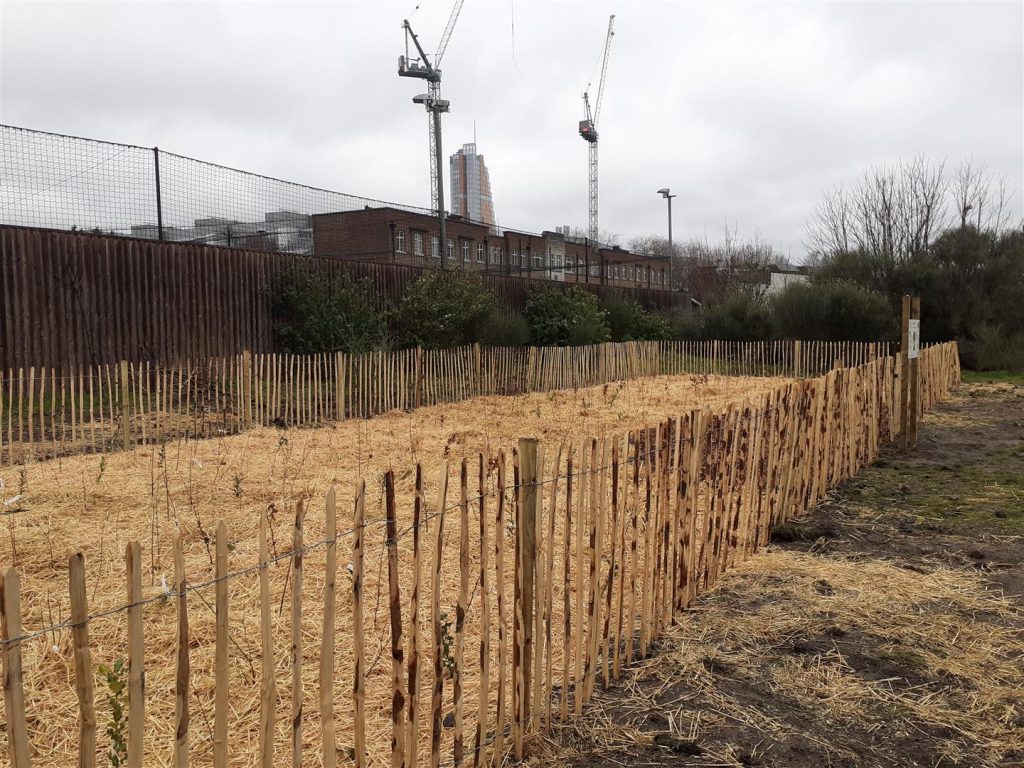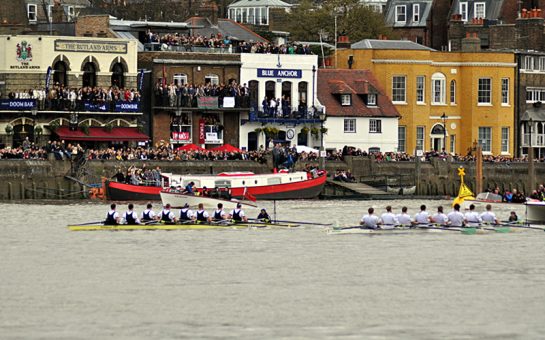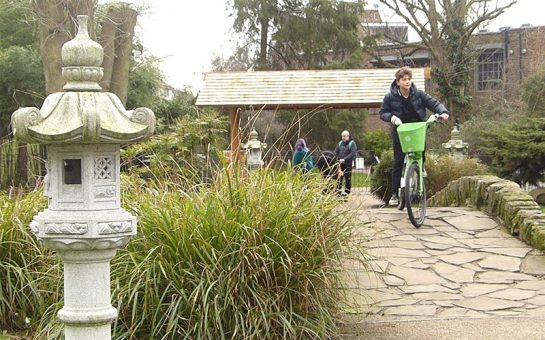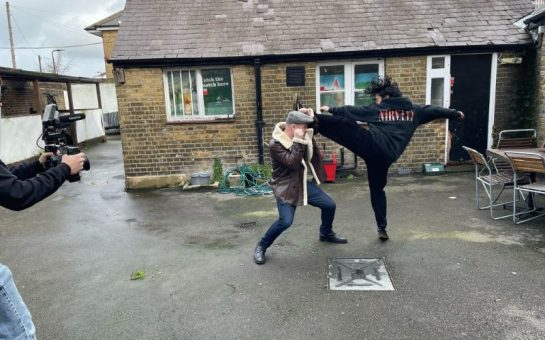The seeds have been sown for an innovative new green space in Hammersmith Park.
On Monday, 600 trees and shrubs were planted in an area the size of a tennis court, to lay the groundwork for London’s first tiny forest.
The project is a collaboration between Hammersmith and Fulham Council and environmental charity Earthwatch Europe and drinks company Fever-Tree, which is based in the borough.
Beth Pudifoot from Earthwatch said: “Increasing urbanisation, alongside the threats of climate change and issues such as flooding, heat stress and biodiversity, loss and degradation are really affecting urban areas.
“If we can try and create more climate-resilient urban areas that also enhance the livelihoods of communities that live there, that’s the aim.
“A tiny forest offers lots of co-benefits like raising awareness about the impact of climate change.
“It is an opportunity to reconnect people who live in those communities with nature too.”
The forest is designed to be beneficial in a variety of ways.
The space in Hammersmith Park will help create cleaner air in a polluted capital, offset carbon emissions, attract over 500 animal and plant species, and be somewhere for people to enjoy natural beauty.

Hammersmith and Fulham Council have targeted net-zero carbon emissions by 2030, and they have their eye on becoming the greenest borough in Britain.
The fast-growing woodland is part of a broader regeneration project, creating a large area for recreation in the heart of the park.
It follows the methodology of Japanese botanist Akria Miyawaki, and is part of 3,000 such forests worldwide, planted by different organisations.
This year Earthwatch have planted in locations including Bristol, Birmingham, Lancing, Glasgow and Wolverhampton.
Pudifoot added: “The aim is to plant over 100 of these tiny forests over the next two years, all over the UK.
“Each tiny forest has its own species mix. We look at a reference forest – an existing ancient woodland that is in the vicinity. We use that as a guide for what species communities would naturally exist
“In Hammersmith, we have some oak and some beech in there as well as birch, cherry and wild service tree, in the upper layers of the forest.
“We also have an understory and shrub layer made up of slightly smaller species like hazel, apple and hawthorn, as well as things like dog rose and broom as well.”
In a video uploaded to the council’s YouTube, Councillor Wesley Harcourt, who is Cabinet Member for the Environment, said: “In urban areas where there’s a lack of green space, problems with air quality, air pollution and so on…providing something like this is so important.
“We’re trying to improve biodiversity in the borough and something like this is brilliant for that sort of thing.”
Featured image credit: Fever-Tree




